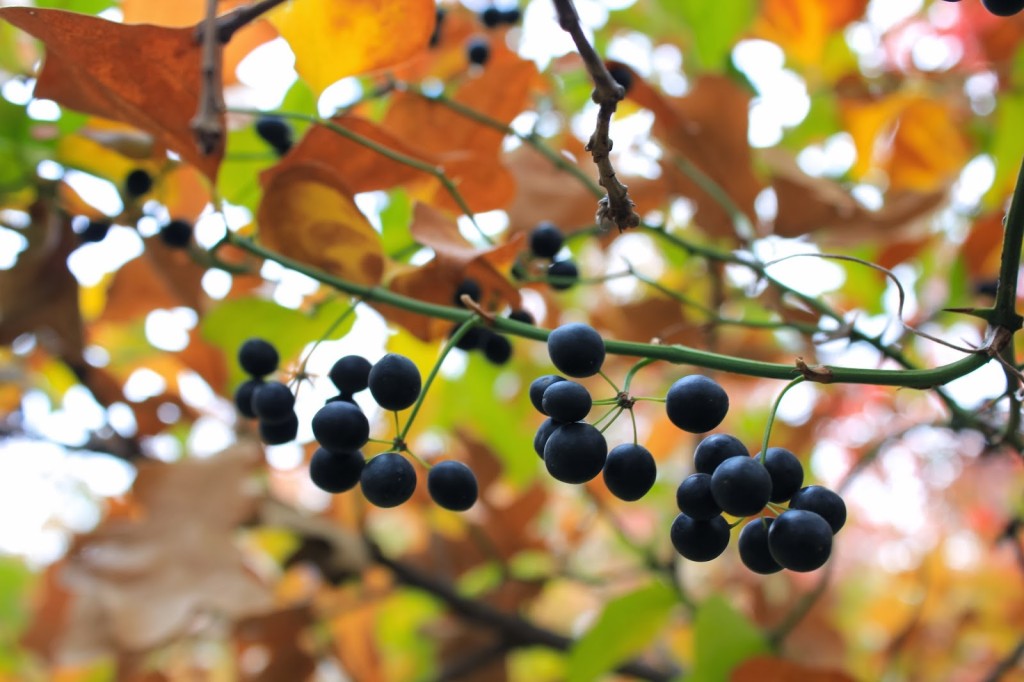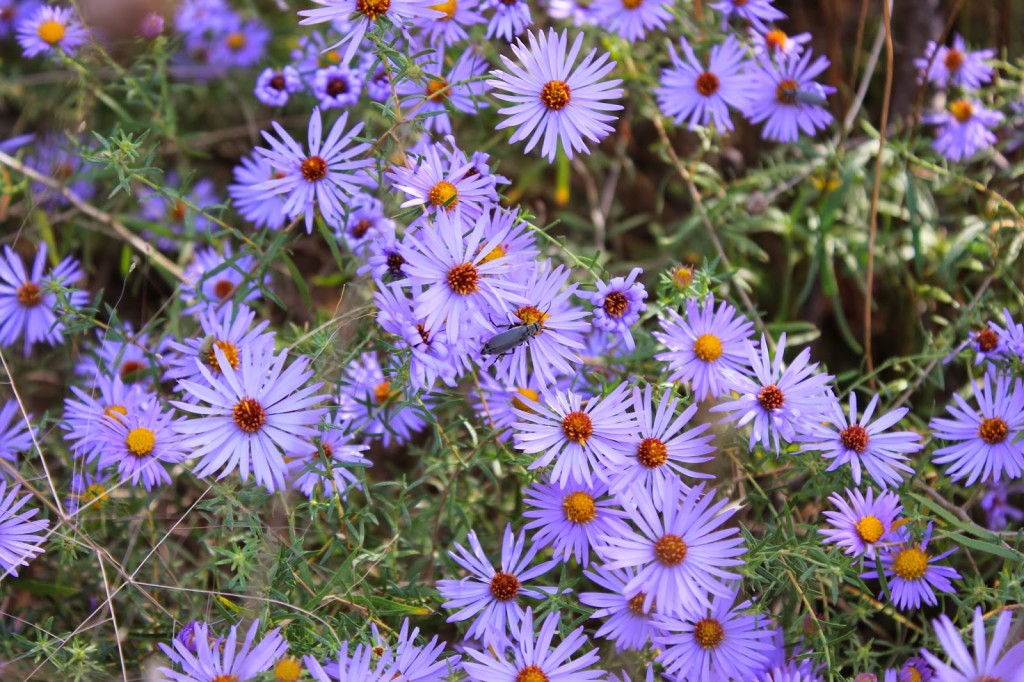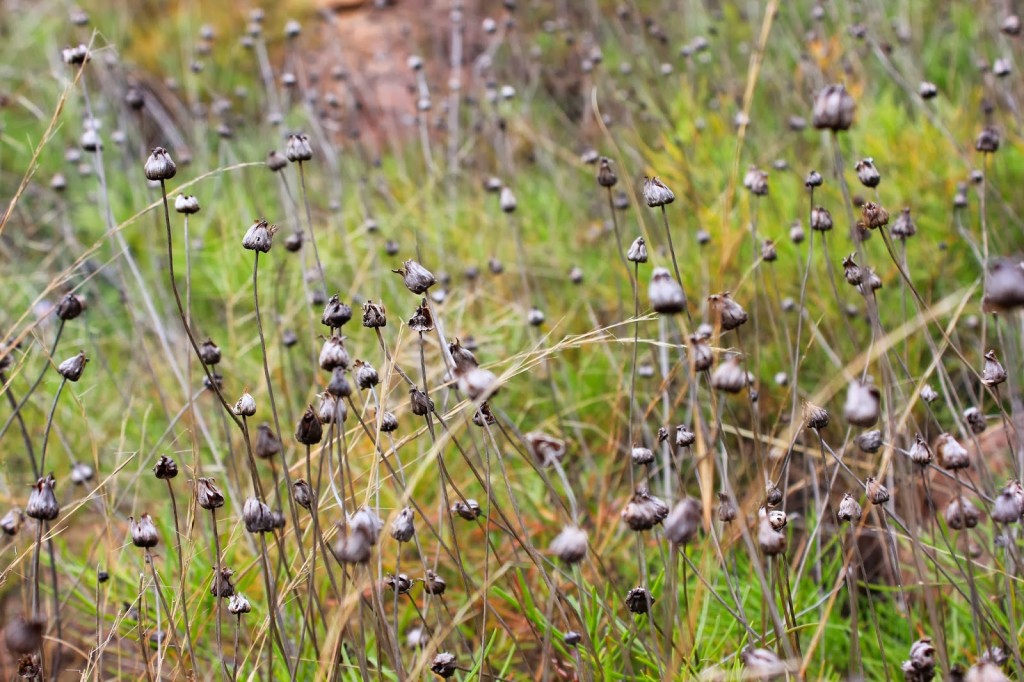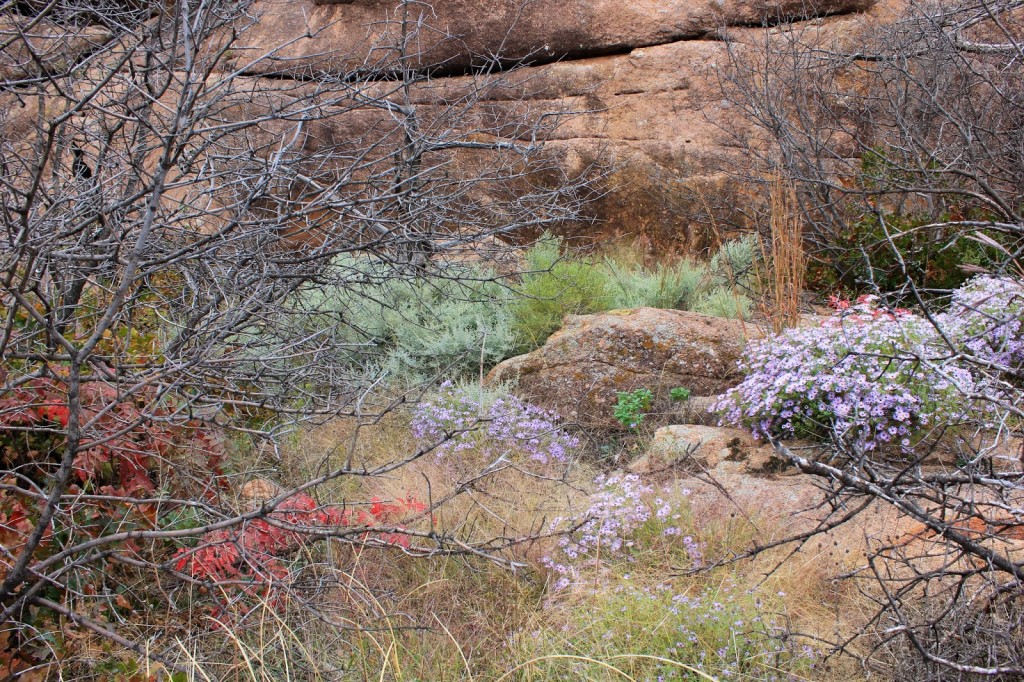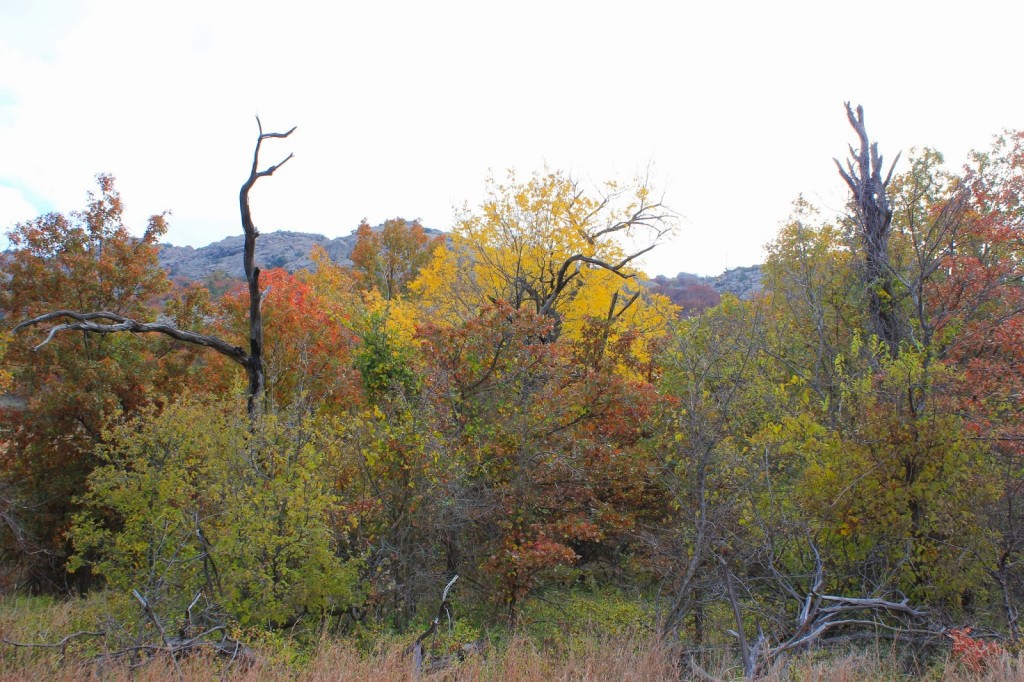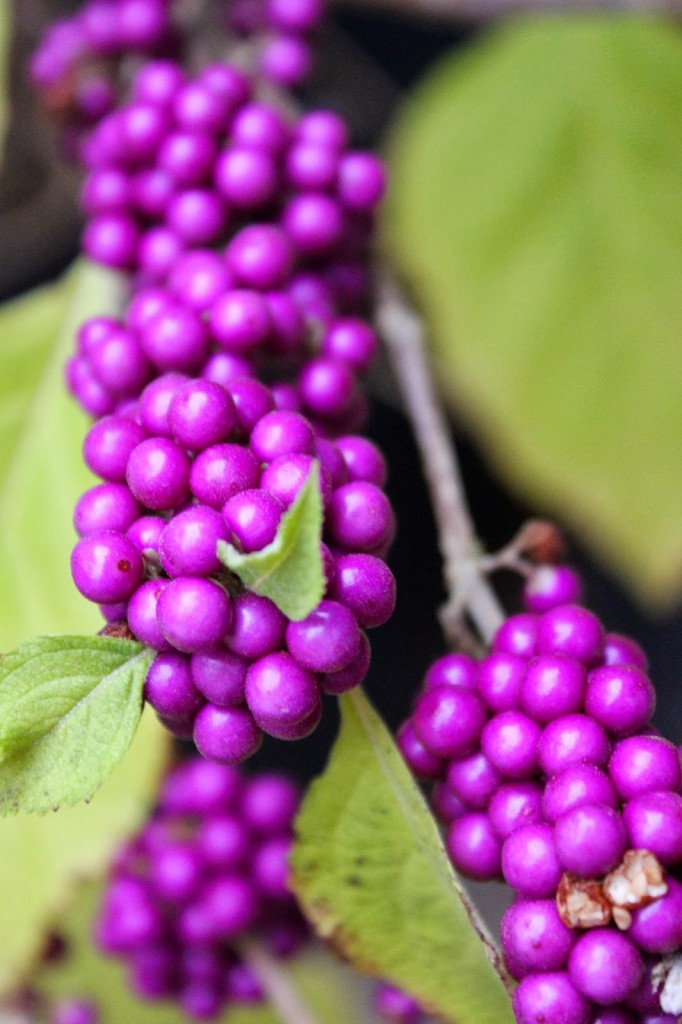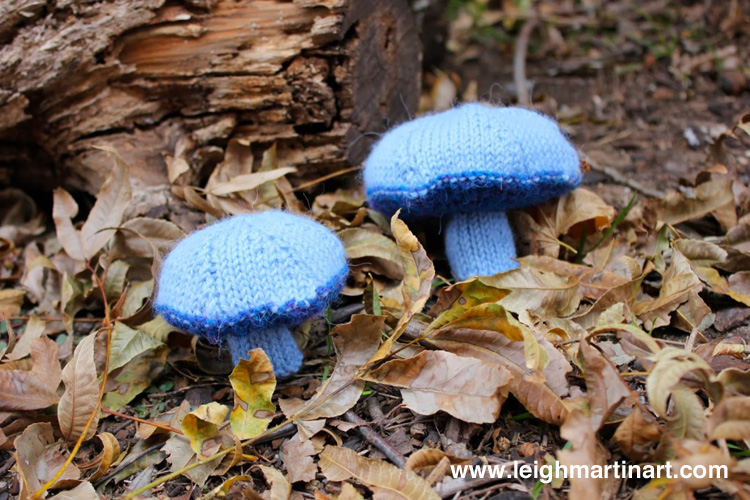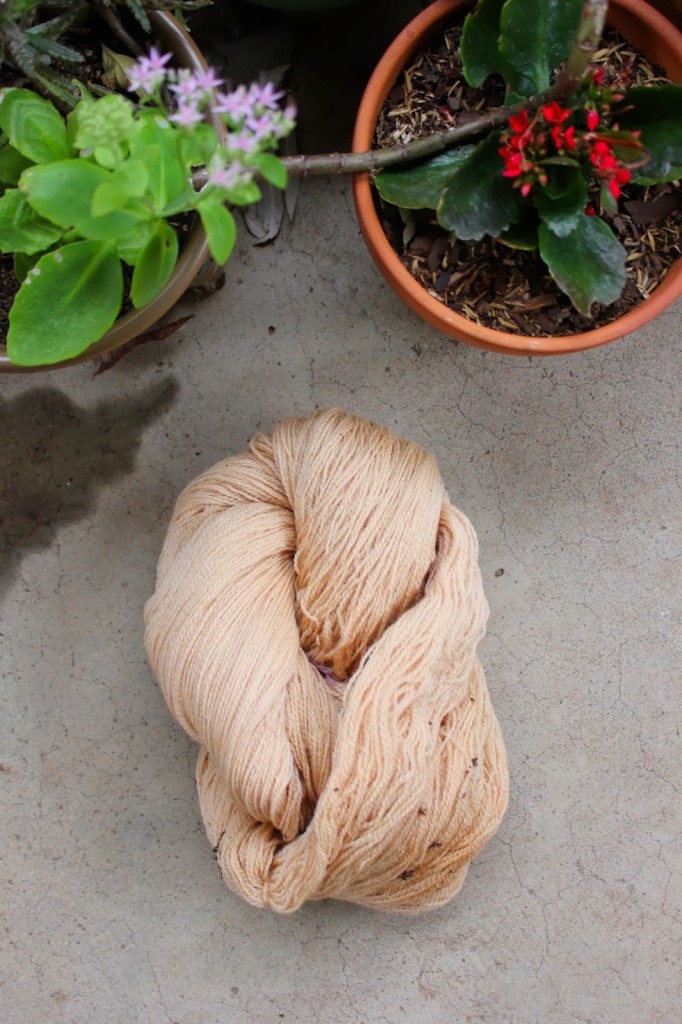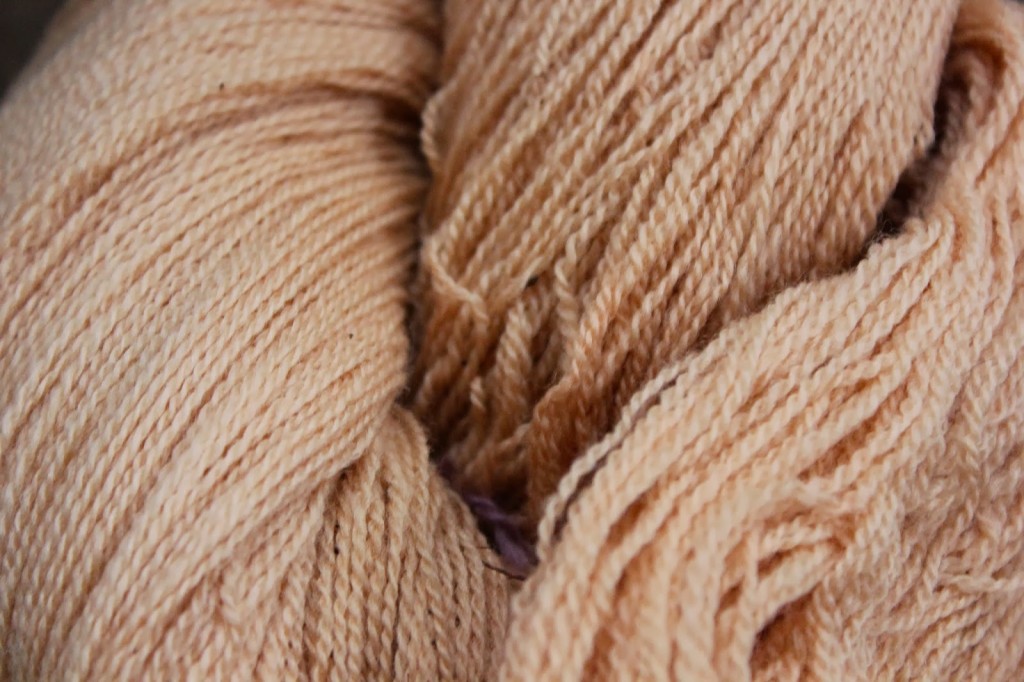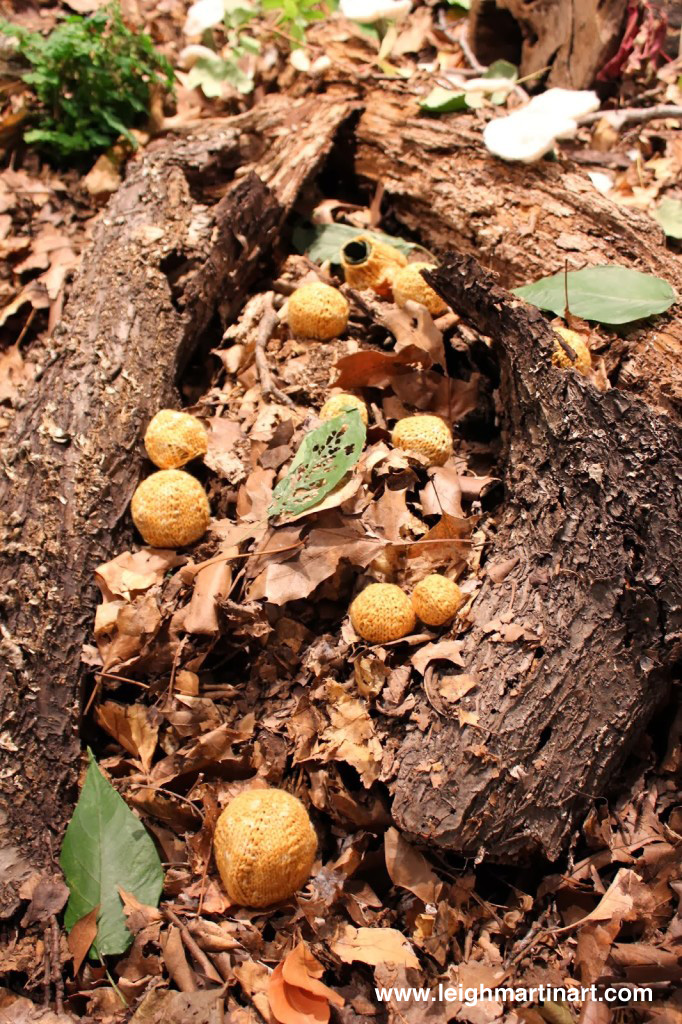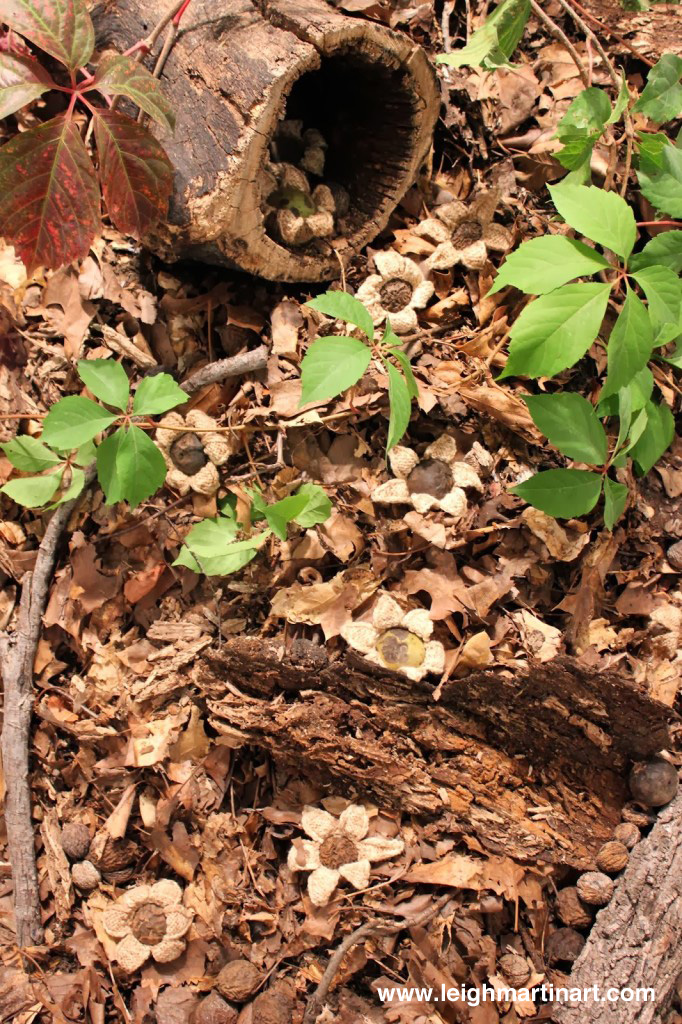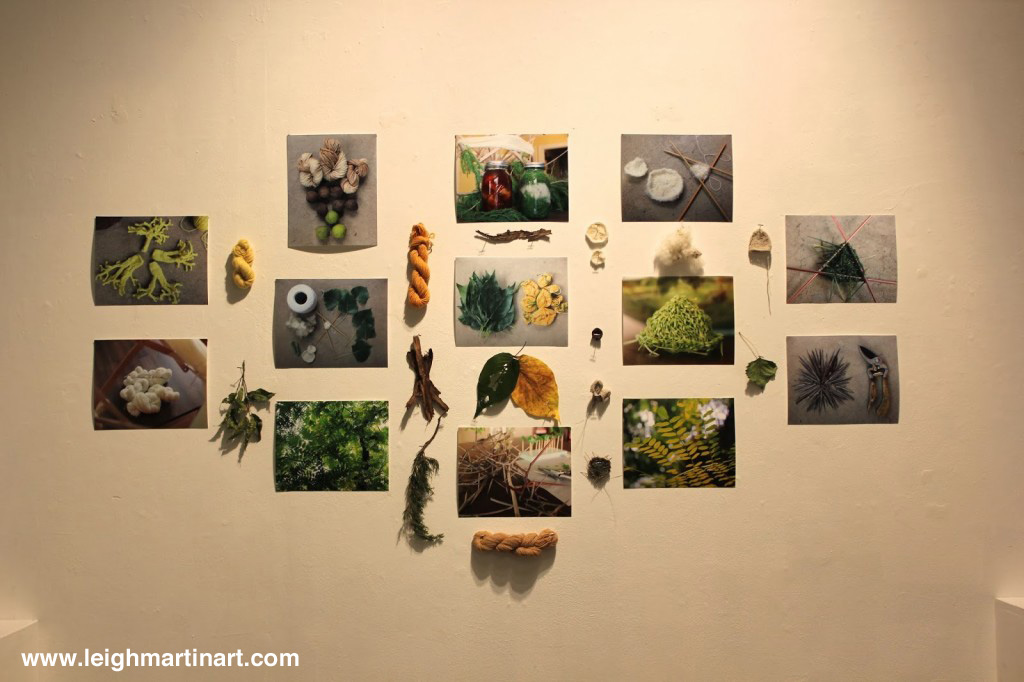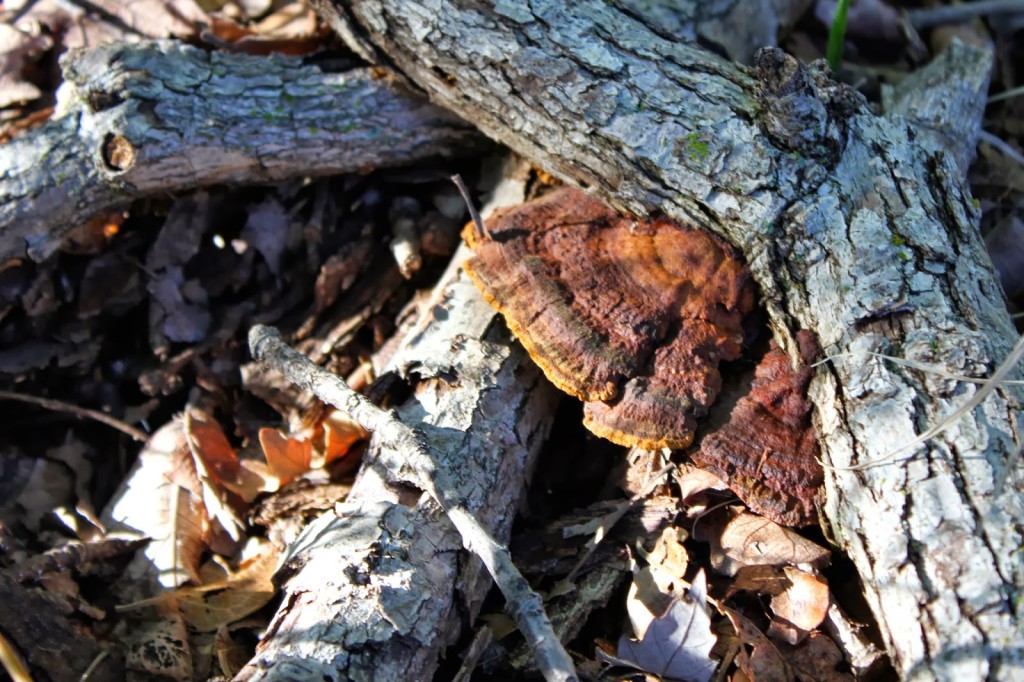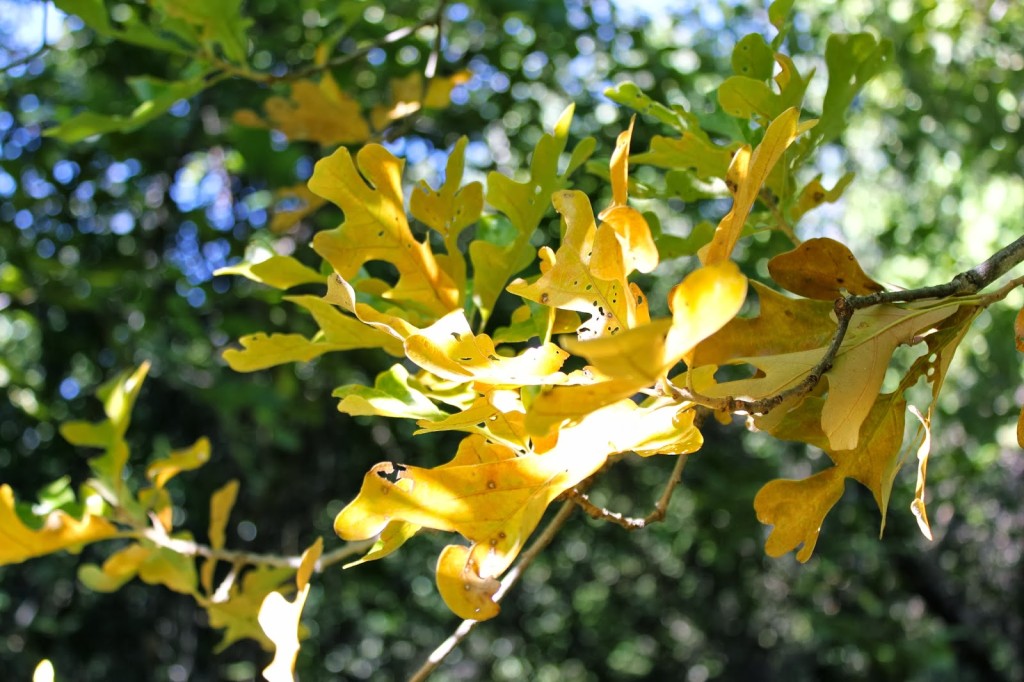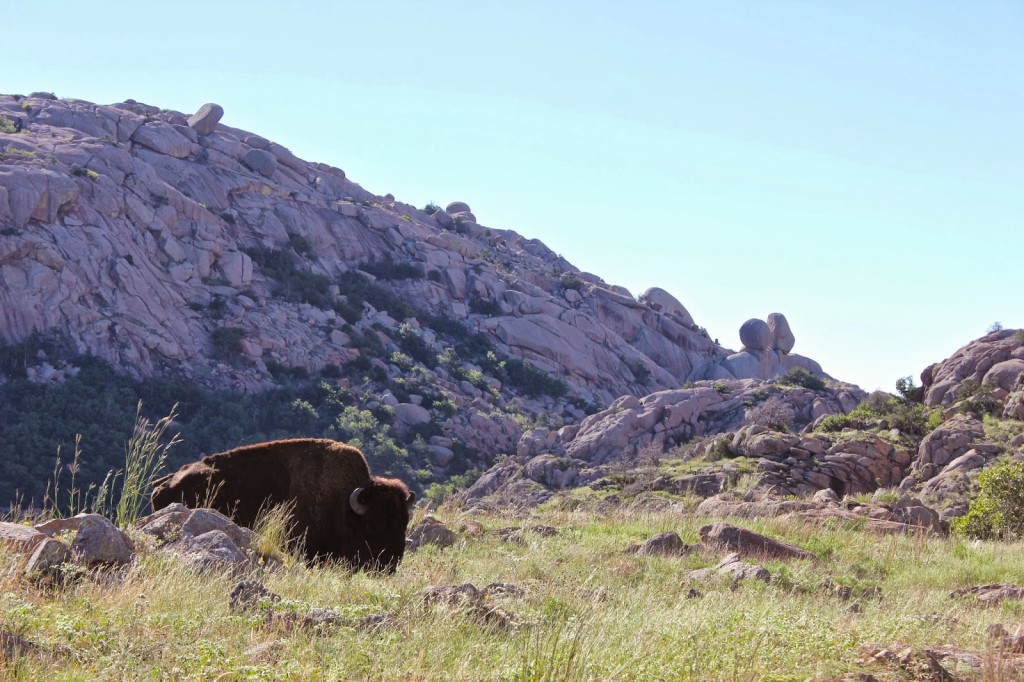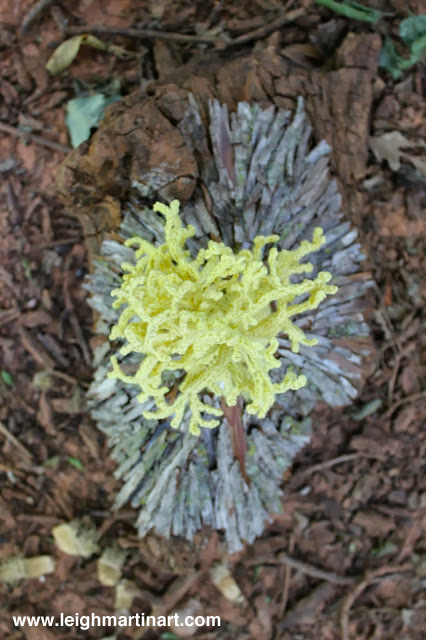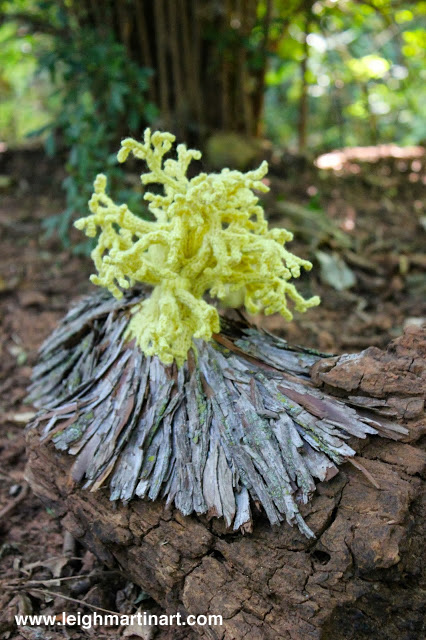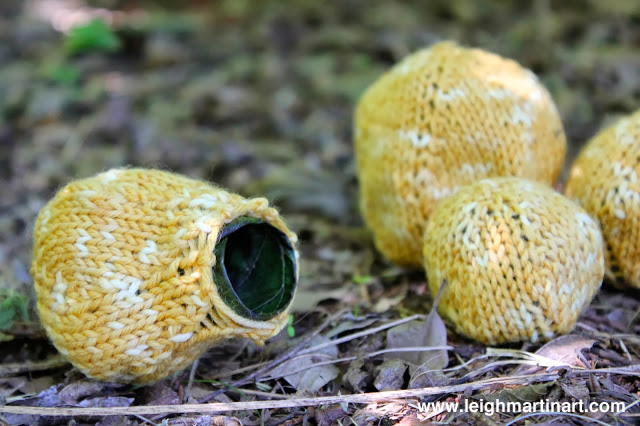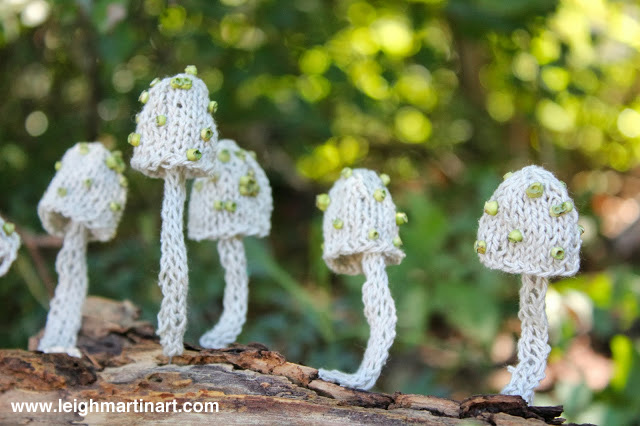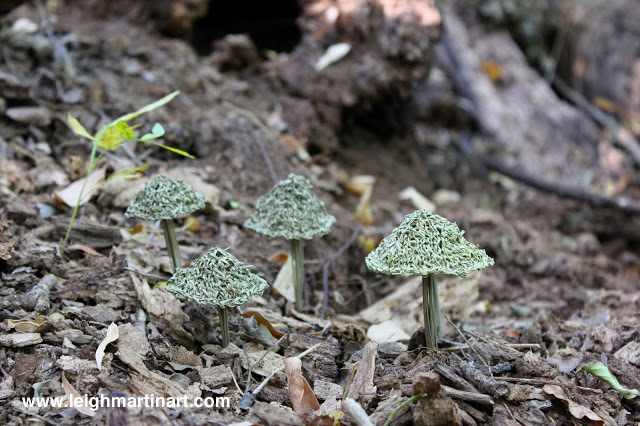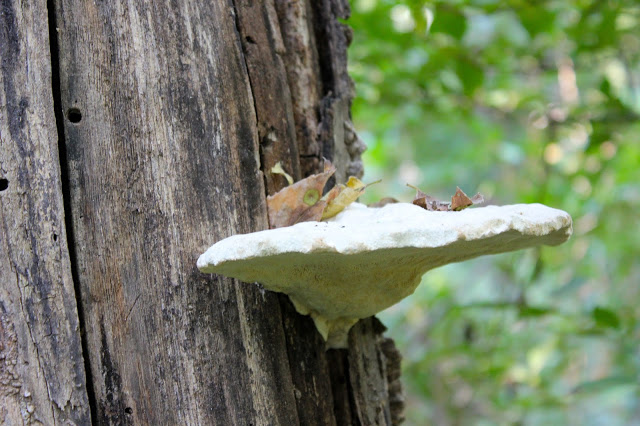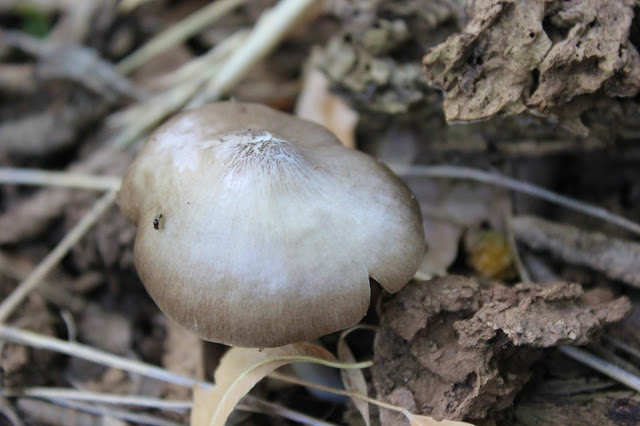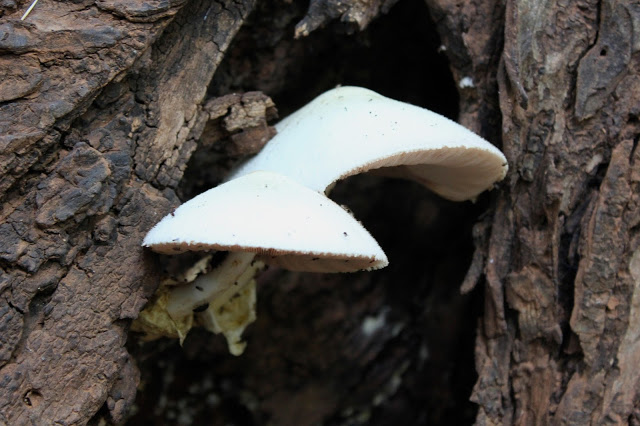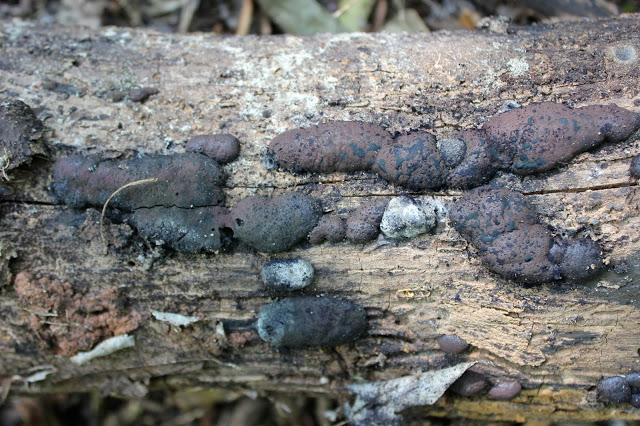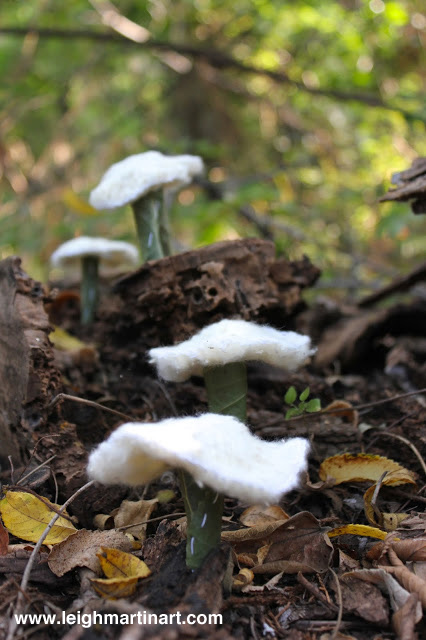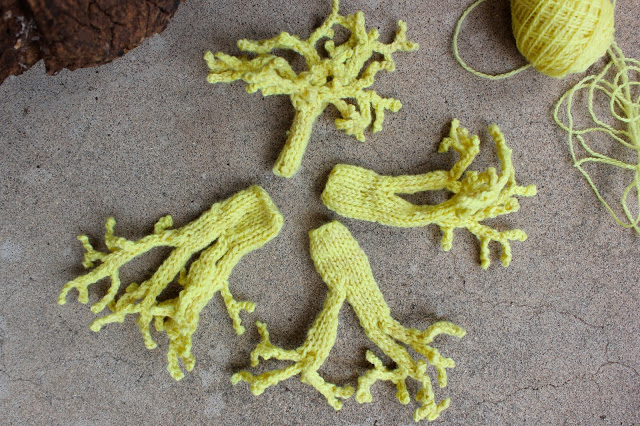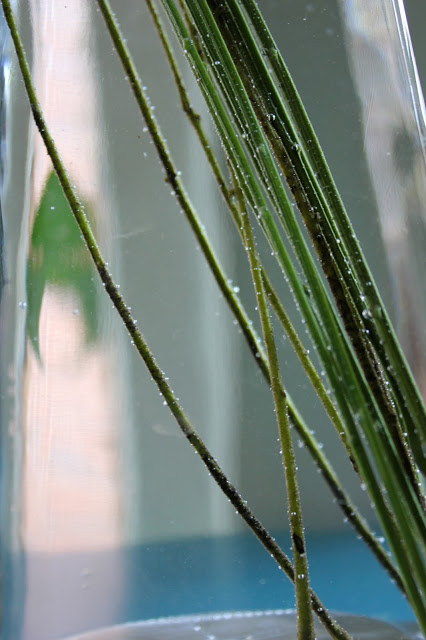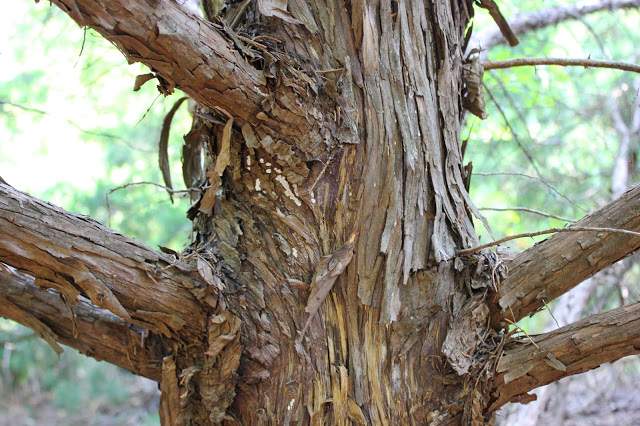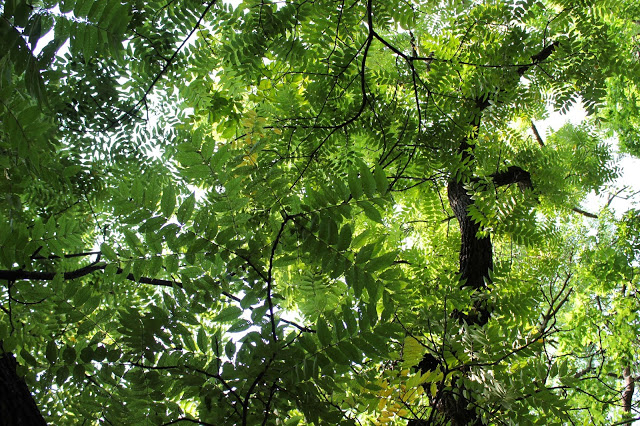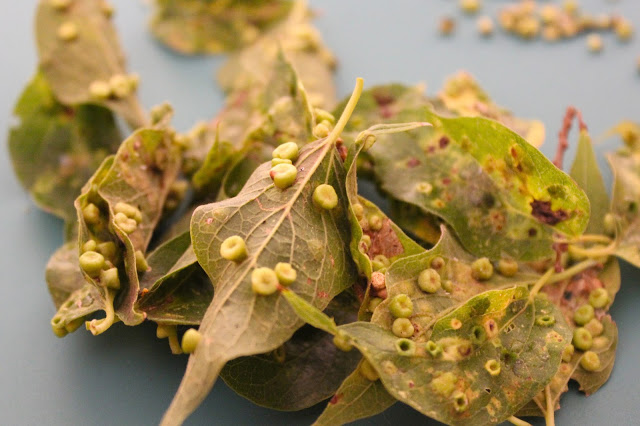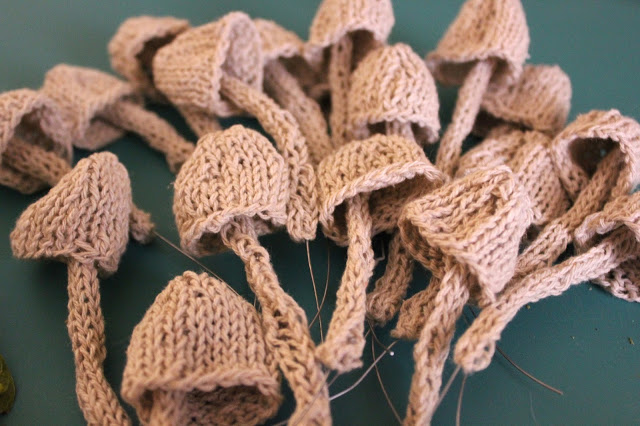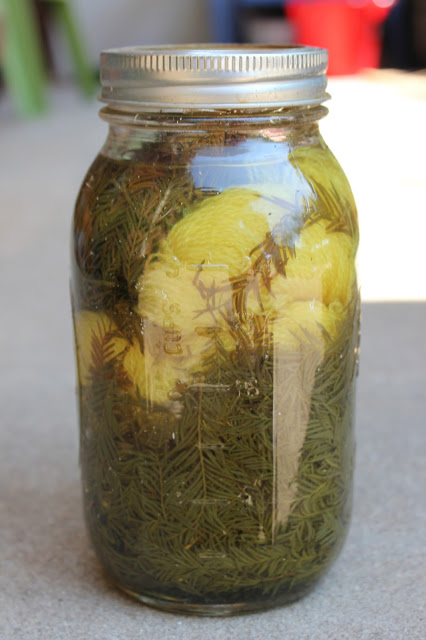Autumn Fungi in the Wichitas
Autumn in the Wichitas
Beautyberry's Best Season
52 Forms of Fungi || #21
Solar Dyeing || #3 Results - Sumac Berries
Saprobia || Final Installation
Charon's Garden
Installation Week
Saprobia || Juglans Nigra
Saprobia || Taxodium Distichum
Saprobia || Juniperus Virginiana
Saprobia || Maclura Pomifera
Saprobia || Celtis Occidentalis
Saprobia || Pinus taeda
Fungi For Your Viewing Pleasure
A forest "art supply" harvesting trip just isn't complete without some fungi photos, eh? The rain ended last month, but I was surprised to find so much growing this weekend. What do you guys think about the first one? Dead man's fingers?
Saprobia || Populus deltoides
Weekend Workspace || 9-15-13
Things are coming together on the Saprobia project. I was able to get some finalized photos of a couple of phases today, which I will share with you in the next week or so. Things have been a little silent around here simply because of the amount of time and energy going into this work. Less than a month to go...
Weekend Workspace || 9-8-13
The "Saprobia" project is coming along. I've had a few different phases going at the same time that I was able to wrap up this weekend... More on those soon. Some of the phases are comprised almost entirely from materials foraged from their respective tree, while others are more fiber based with limited foraged elements. I'm looking forward to the installation, and intermingling these unique phases of the work in the staged forest floor setting. Seeing the pieces come together is exciting, but the installation itself is by far the part that's most fun.






